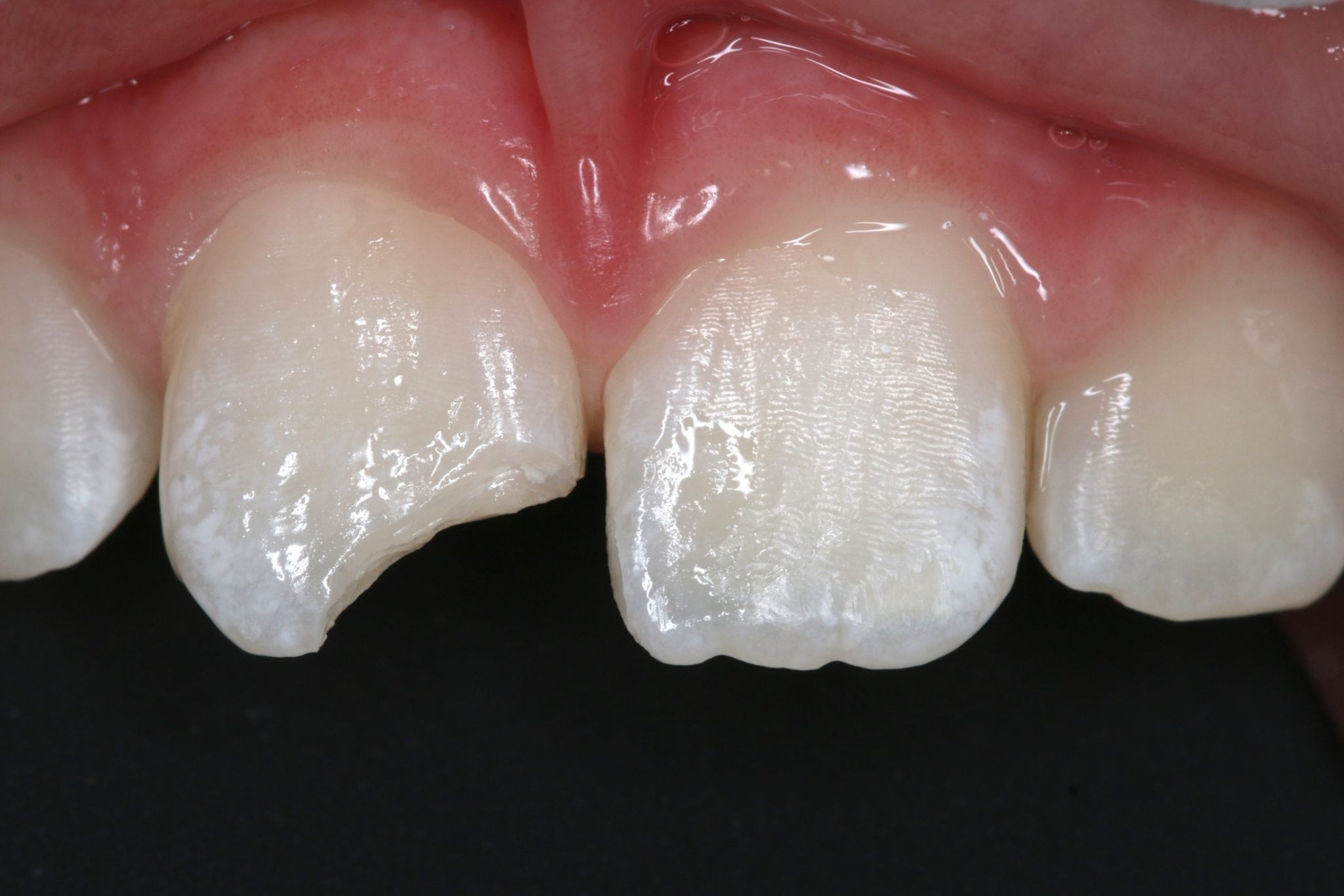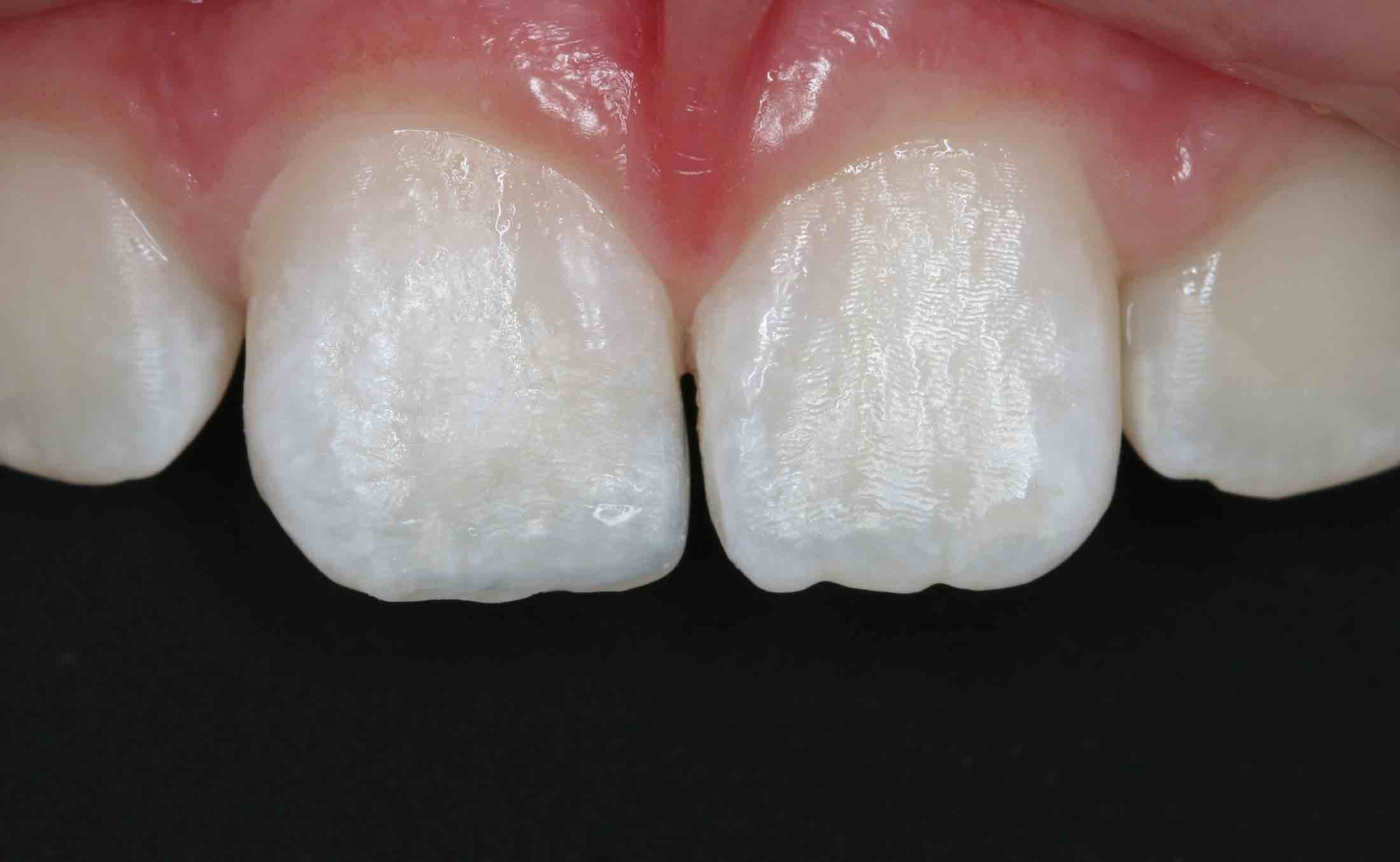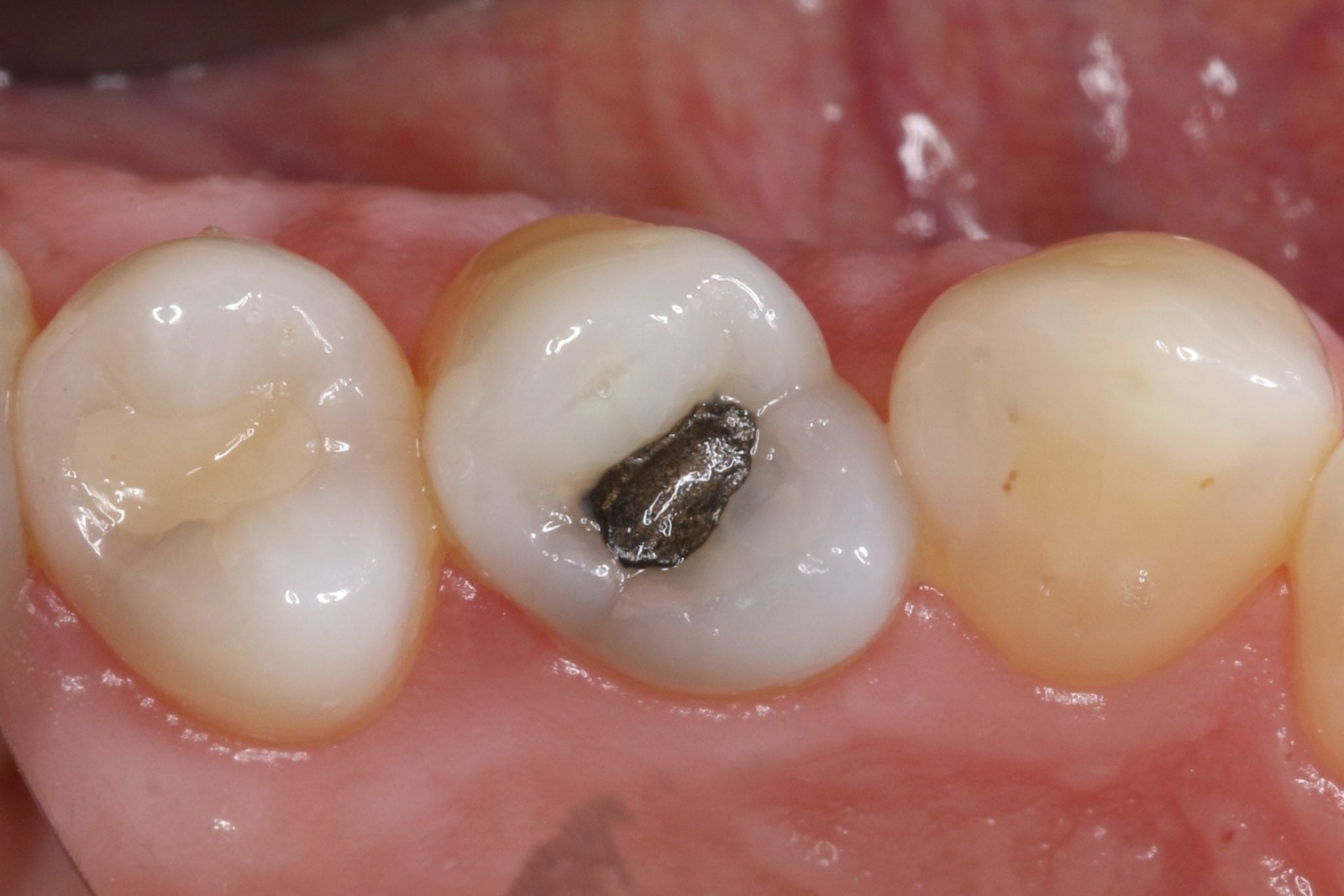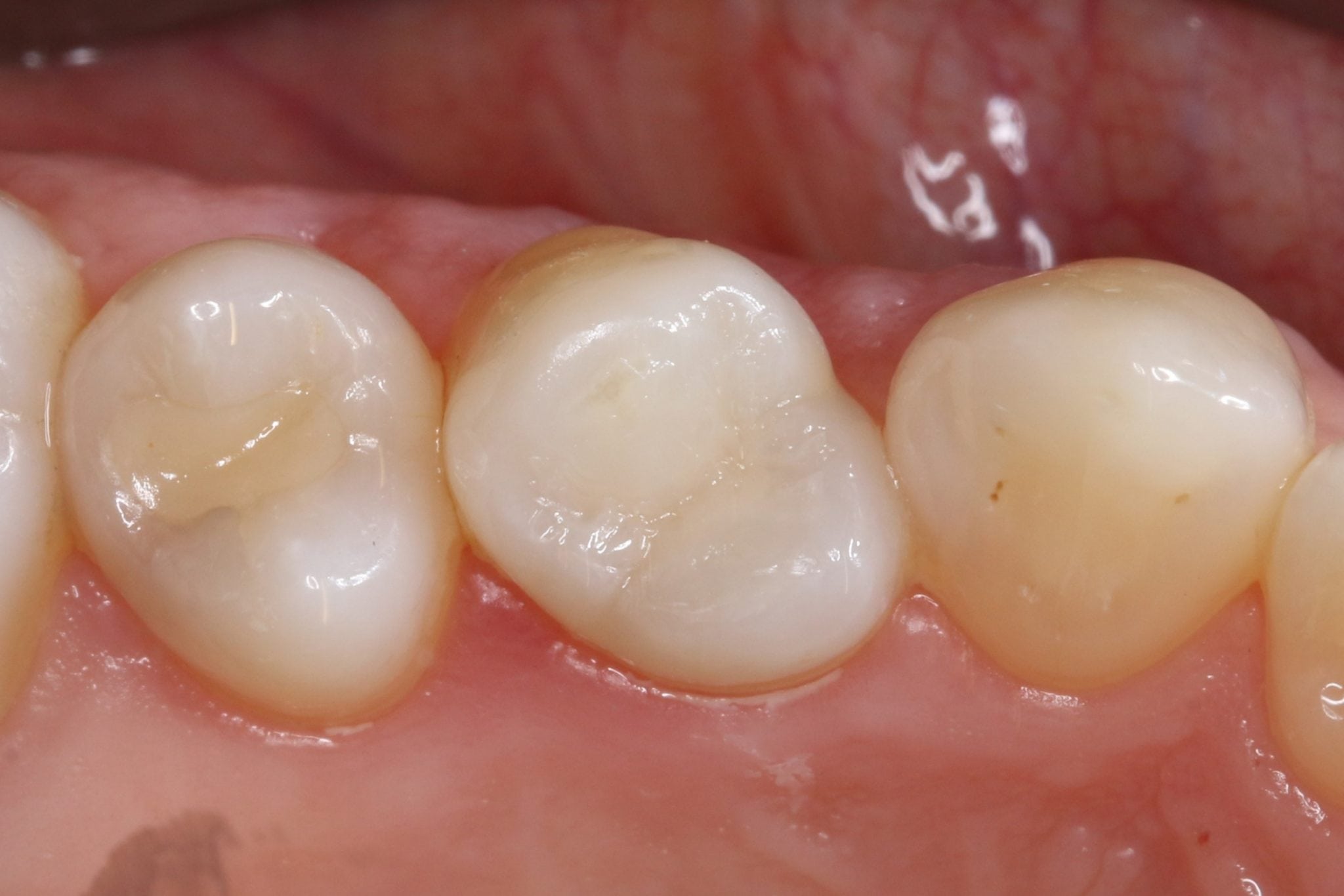White Fillings Frequently Asked Questions
Most people have white fillings of one sort or another in their mouths. Nowadays fillings are not only functional but can be natural looking as well. Most individuals don’t want mercury amalgam fillings that show when they laugh or smile because they are more conscious about the way they look. Whereas, silver fillings are a combination of silver, copper, tin and other metals bound together by mercury.
These alloys very sensitive to temperature changes so they expand and contract differently than the surrounding tooth structure when exposed to changes in temperature. Over time this constant pulling effect between the tooth and the metal fillings forms micro-gaps which allows harmful bacteria to get underneath the filling, causing decay and further weakening the tooth.
In addition to the continuous expansion and contraction due to temperature changes, the design of the tooth preparation itself required to hold the mercury filling in place typically undermines and weakens the surrounding tooth structure. When you add in the tremendous biting pressures exerted on the tooth from chewing and swallowing the result is often cracks and craze lines and broken cusps around these metal fillings which can lead to cracked tooth syndrome.




What are Composite resins ( White fillings )?
A composite resin is a tooth-coloured plastic mixture filled with glass (silicon dioxide). Introduced in the 1960s, dental composites were confined to the front teeth because they were not resilient enough to resist the pressure and wear generated by the back teeth. Since then, composite white fillings have been considerably improved and can be successfully placed in the back teeth as well. Composites are not only used for restoring decay but are also used for cosmetic improvements of the smile by changing the colour of the teeth or reshaping flawed teeth.
What are the Advantages of White Willings?
Most patients who choose composite fillings do so because of the cosmetic benefits. Your dentist can create a filling that is matched to the shade of your teeth, so your fillings will blend seamlessly into your smile. Like all fillings, composites protect your teeth after decay is removed to prevent breakage of the remaining tooth structure. These fillings also help to prevent sensitivity that can occur after the decayed portion of the tooth is removed
What are the Disadvantages?
After receiving a composite filling , patient may experience post-operative sensitivity. Also, the shade of the composite can change slightly if you drink tea, coffee or other staining foods. Your dentist can put a clear plastic coating over the composite to prevent the colour from changing if you are particularly concerned about tooth colour.
Why choose Composite White Fillings vs. Silver Fillings?
composite fillings allow dentists to preserve more of the natural tooth structure? This is because composite materials chemically bond to the surface of the tooth like an adhesive. The process takes slightly longer to complete than traditional amalgam fillings, but patients can preserve more of the natural portion of the teeth while enjoying a restoration that is discreet and understated.
Are White Fillings better?
Today’s composite filling materials are made of incredibly strong and durable resin polymer materials and their matrix is often re-enforced with nano-hybrid glass ceramics which increase the wear resistance and compressive strength of the material.
The preparation of the tooth for a white filling is much more conservative than for a mercury filling and so when tooth decay is removed it means that more tooth structure is left in-tact and therefore the tooth remains stronger and is more durable.
What is the process of composite fillings?
Following preparation, the composite is placed in layers, using a light specialised to harden each layer. When the process is finished, the composite is shaped to fit the tooth. It is then polished the composite to prevent staining and early wear.
How long does it take to get White fillings?
There are many factors that can determine just how long it will take to get a composite filling, including the size of a cavity or fracture, its location, and how many fillings you need. Patients should be prepared to sit in the dentist’s chair for up to one hour or more for a filling.
How to make your composite fillings last longer?
Many patients see their composite fillings lasting for about ten years. But if you take really great care of your fillings, they may be able to last you longer than that — and even a lifetime! In order to help your composite fillings last longer, you should always see your dentist twice a year for regular dental cleanings and exams, brush your teeth twice a day, floss every day, and eat a variety of healthy food to boost your oral health.
Are White Fillings Safe ?
White composite fillings are increasingly used as an alternative to silver amalgam fillings, largely due to their aesthetic appeal, and because of mercury concerns. However, there have been claims that composite resin fillings may be damaging to health.
Tooth coloured composite fillings typically are comprised of three components: inorganic fillers, a resin matrix, and coupling agents. The resin matrices for most dental composite resins today contain Bis-GMA, which is made from the Bisphenol-A (BPA) monomer that is believed to induce similar effects to estrogen in the human body. As an endocrine disruptor, BPA is linked to several concerns if introduced into the body, including:
- Disrupted hormone levels
- Brain and behaviour issues
- Heart conditions and Cancer
Some studies have found evidence of BPA in the saliva of patients following fillings or sealants. Although the presumed effects of BPA could be most harmful to children and infants, because of their underdeveloped immune systems, experts are not certain whether this level of exposure constitutes any health risk to fetuses, children, or adults.
In Conclusion, composite resin fillings are a safe option for restoring damaged teeth. But if you are concerned about BPA, you can talk to your dentist about using a BPA-free composite fillings that does not contain the conventional monomers such as Bis-GMA or HEMA.
If you have any questions about composite white fillings or would like to schedule a cosmetic consultation with Dr. Tehranian, please contact Lane Ends Dental Practice in Lancashire on 01772 – 726932 to discuss replacing your mercury amalgam fillings with tooth coloured composite fillings.
